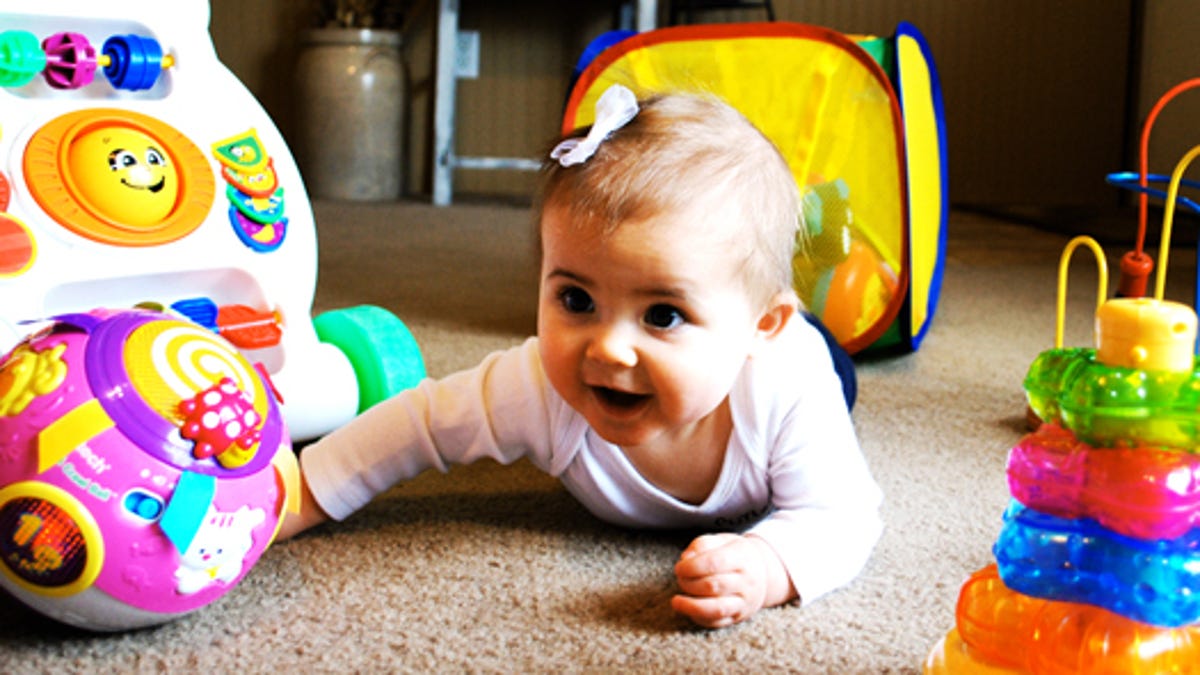Online tool gauges if your home is stimulating enough for baby
Researchers at Texas A&M develop an online test that helps parents learn whether their homes provide sufficient stimulation to develop motor skills.

As a first-time expecting mother who doesn't know many kids, setting up my home for a baby is a mysterious process that involves procuring little outlet covers and stacking wine bottles on the counter instead of the floor.
As for maximizing my home's environment for optimal infant motor development, let's just say I'm the aunt who assumes a newborn can play with tangrams (turns out they just chew on them).
So this morning I rather eagerly checked out a new online test that assesses the quality and quantity of motor development opportunities my home currently provides. Turns out I'll need to be procuring more than outlet covers.
Designed to be filled out by parents or clinical personnel, the Affordances in the Home Environment for Motor Development (AHEMD) is a questionnaire that evaluates the availability and type of physical space in and immediately surrounding one's home, as well as the variety of stimulating objects accessible to an infant.
"The first several years of life are a time of immense growth and learning and, for obvious reasons, the home is the primary agent for this development in the early years," said Carl Gabbard, director of the Motor Development Lab at Texas A&M who led the team that developed the tool, in a school news release.
The test isn't exactly high-tech; you download a PDF or Excel file in English, Dutch, French, Mandarin, Portuguese, Polish, Spanish, or Arabic, answer a few dozen questions, and see how your score compares to the team's established averages. (This took me 15 minutes in total.) Once you get past the basic home layout questions (do you have stairs, a designated play area with soft flooring, etc.), the photos that accompany the questions are helpful for those of us who don't yet understand the subtle differences in toy types.
Gabbard, who has used the tool to assess more than 500 homes in the U.S., Portugal, and Brazil, says infants whose homes score higher wind up displaying significantly better future motor skills. Whether there is an association between home scores and cognitive abilities when a child enters school is currently being explored.
If you'd like to see how your own home stacks up against the average (hint: stacking toys are helpful), you can access the test for free at http://www.ese.ipvc.pt/dmh/AHEMD/ahemd_6.htm.

